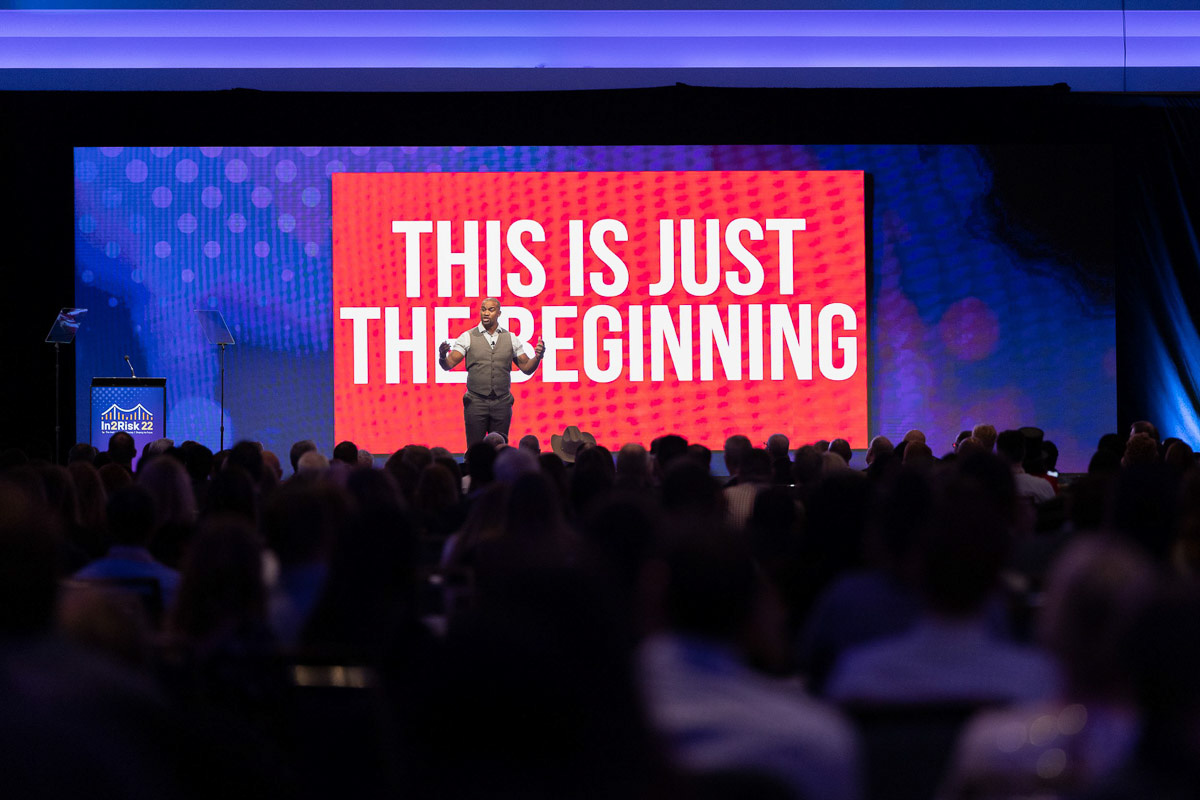Mastering Photography Etiquette at Events: A Guide for Professionals
Event photography goes beyond capturing memorable moments; it requires navigating the venue with professionalism and tact. Proper etiquette is essential not only for delivering quality photos but also for ensuring that all attendees feel respected and undisturbed. Here’s how to master the art of event photography with professionalism and sensitivity.
Pre-Event Preparation
Understand the Schedule and Expectations:
Before the event, meet with the organizer or client to thoroughly understand the day’s flow. Ask for a detailed schedule, highlight key moments that need coverage, and discuss any special requests or sensitivities—like cultural rituals at a wedding or VIP guests at a corporate event. This preparation allows you to capture important moments without needing intrusive guidance during the event.
Appropriate Attire Matters:
Dress to blend in with the event. If you’re covering a corporate gala, a suit or formal attire might be required. For a casual outdoor event, smart casual should suffice. The key is to dress one notch above the average attendee to maintain professionalism without standing out.
During the Event
Strategic Positioning:
Identify the best spots for key shots during your pre-event walkthrough. For example, during a wedding ceremony, position yourself in a spot that gives you a clear view of the couple without blocking the guests’ view. Utilize spots that are out of the main traffic areas yet still close to the action.
Minimize Distractions:
Use a camera with a silent shutter mode to avoid drawing attention during speeches or performances. It’s essential during quiet or solemn moments, such as vows at a wedding or during a poignant award acceptance speech, to be seen and not heard.
Interacting with Guests
Seeking Consent:
While candid photos are valuable, always observe the guests’ comfort levels. If a guest appears uncomfortable, either cease photographing them or ask for their permission. This is especially important in smaller, more intimate gatherings where people are more aware of the camera.
Handling Sensitive Moments:
During emotional or private moments, keep a respectful distance. Use a longer lens to capture these moments without intruding into the personal space of the subjects. For instance, capturing tears during a retirement speech or a quiet moment between a bride and her father before walking down the aisle should be handled with utmost sensitivity.
Coordination with Other Vendors
Working with Videographers:
If there’s a videographer present, coordinate beforehand to discuss positioning. This ensures that you’re not in each other’s shots, which can be particularly challenging during key events like the exchange of rings at a wedding or a keynote speech at a conference.
Sharing Spaces Respectfully:
Be mindful of your surroundings and maintain a professional demeanor at all times. Do not block guests’ views with your equipment, and be quick and efficient when moving through the event to change positions or adjust your setup.
Post-Event Practices
Timely Delivery of Photos:
Adhere strictly to the agreed-upon timelines for delivering photos. Fast turnaround times are often as important as the quality of the photos themselves. Consider sending a few edited samples the next day as a thank you and a teaser of the full album to come.
Responsive to Feedback:
Be professional in accepting feedback. If a client requests edits or expresses concerns, address them promptly and courteously. Your responsiveness post-event is often just as critical as your performance during the event.
Adhering to these detailed practices of etiquette in event photography not only enhances your professionalism but also enriches the experience for all involved. It reflects your respect for the event and its participants, and it underscores your commitment to quality and discretion in your work. In a field where reputation is paramount, mastering these aspects of your professional approach can set you apart as a photographer of choice.

